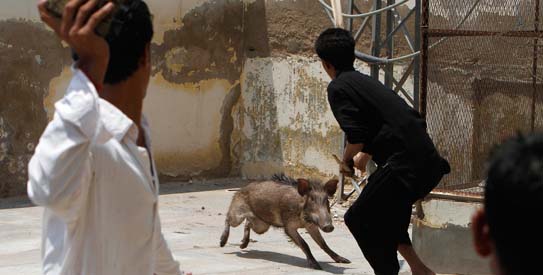
© Associated PressWild boars are found all over Pakistan, and are one of its major agricultural pests, which can weigh up to 180 to 220 pounds (80 kilograms to 100 kilograms) and have razor sharp teeth. Adult males come armed with upward curving tusks.
With a police officer wounded and the presidential palace breached, the Pakistani capital has launched a fresh offensive against a uniquely feared enemy in the Muslim country, the city's ever expanding population of wild boar.
Each night, packs of the hairy beasts emerge from Islamabad's river beds, parks and scrubland to rifle through the overflowing rubbish bins of its mostly wealthy residents and growing number of restaurants.
City authorities are laying poison and have announced free hunting permits to cull the wild pigs' numbers. But to make sure residents don't get caught in the crossfire, they only allow shotguns. There have been few takers. Hunters are wary of getting arrested by the police, or even worse, getting mistaken for a terrorist.
The animals can weigh up to 180 to 220 pounds (80 kilograms to 100 kilograms) and have razor sharp teeth. Adult males come armed with upward curving tusks. While they scurry off at the site of humans, they charge when cornered, alarmed or wounded and are a major cause of traffic accidents in the city.
The latest chapter of man versus hog played out in a city center police station last week.
"Someone shouted 'watch your back' but before I could look round the animal had hit me," said Sajjad Hussain, who was on duty when the animal slipped in past the high, razor wire-topped blast walls after guards opened the gates to let in a car.
Hussain had a gash in his stomach that required eight stitches and is on medical leave.
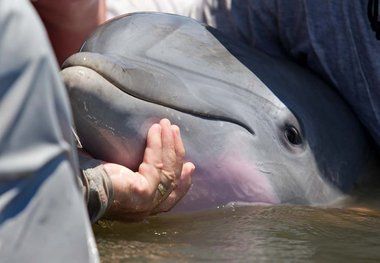
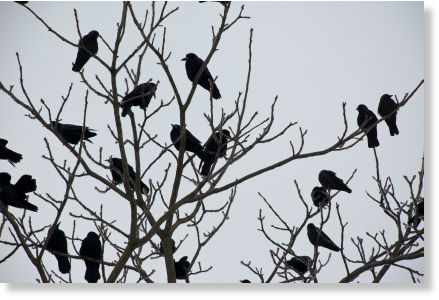

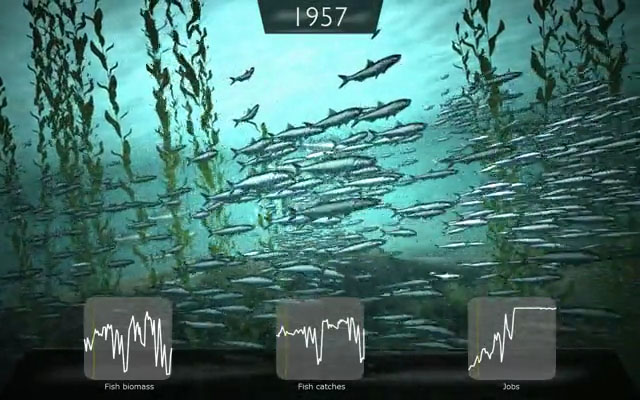
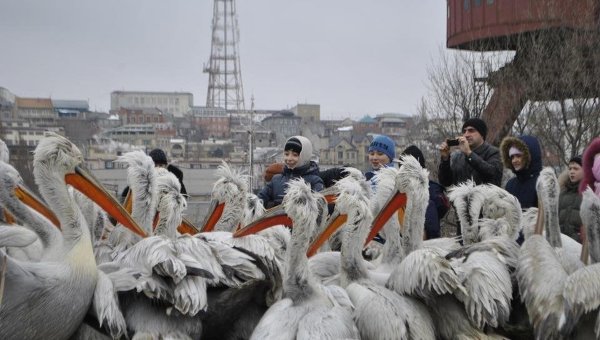
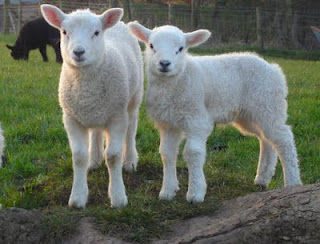



Comment: The article fails to mention the hidden costs brought about by the environmental consequences of fossil fuel use and exploration